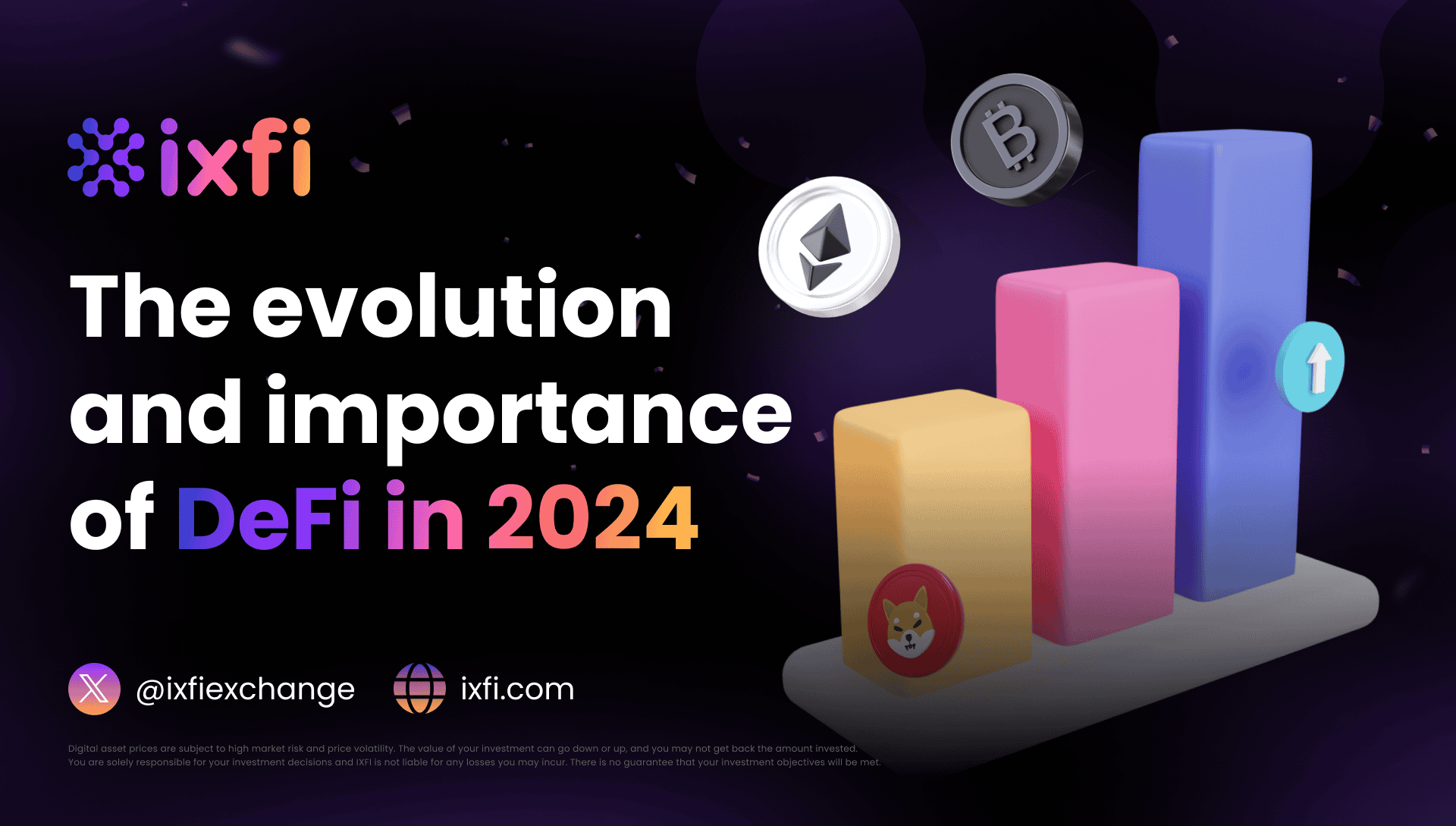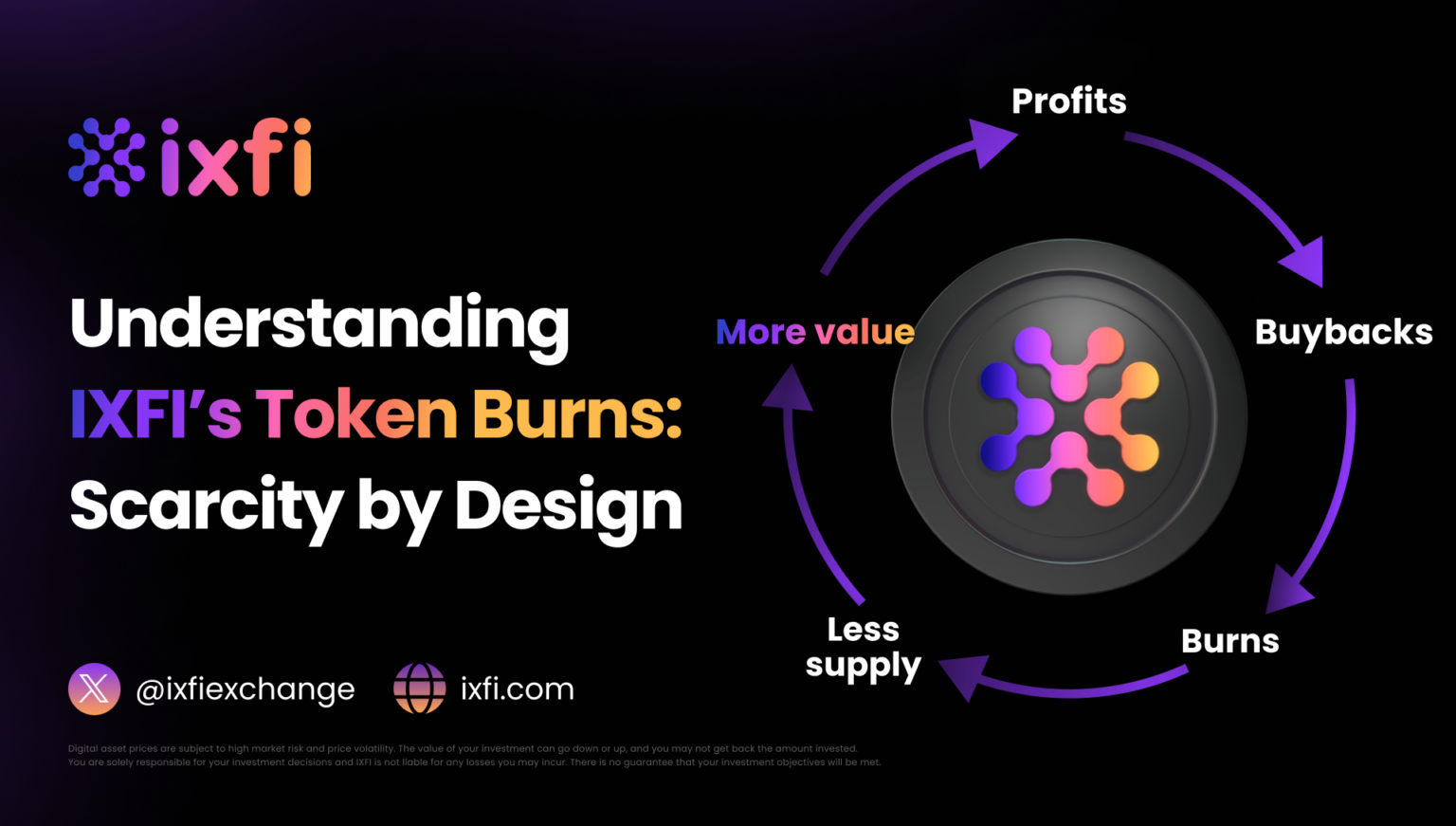Decentralized Finance (DeFi) continues to revolutionize the financial landscape in 2024, offering unprecedented opportunities for both retail and institutional investors. This article explores the current state of DeFi, its evolution, and key projects shaping the ecosystem.
Introduction
DeFi has emerged as a significant force within the financial sector, providing decentralized alternatives to traditional financial services. In 2024, the importance of DeFi has only grown, driven by technological advancements, regulatory developments, and increased adoption.
This year, DeFi continues to attract attention not only from tech enthusiasts but also from traditional financial institutions exploring the potential of blockchain technology to enhance transparency, security, and efficiency in financial transactions.
The evolution of DeFi
Since its inception, DeFi has transformed from a niche market to a multi-billion dollar industry. The concept of DeFi centers around the use of blockchain technology to recreate traditional financial systems in a decentralized manner, eliminating intermediaries and enhancing transparency.
The year 2024 marks a pivotal point for DeFi, with Total Value Locked (TVL) in DeFi protocols surging dramatically. According to sources, TVL has increased from $36 billion in Q4 2023 to nearly $97 billion in Q1 2024, reflecting an 81% rise. This growth is attributed to innovations in liquid staking, cross-chain interoperability, and real-world asset (RWA) tokenization.
Key trends and developments
1. Tokenization of real-world assets (RWAs): One of the most significant trends in 2024 is the tokenization of RWAs. This includes assets like stocks, bonds, real estate, and more. Tokenization enhances liquidity, reduces transaction costs, and integrates traditional finance with DeFi. To dive deeper into the concept and benefits of real-world asset (RWA) tokenization, we invite you to read our dedicated blog post on RWAs.
2. Liquid staking: Liquid staking has emerged as a major driver of DeFi growth. By allowing users to stake their assets and earn yields while maintaining liquidity, protocols like Lido have gained substantial market share.
3. Cross-chain interoperability: The development of cross-chain technology is addressing scalability and high transaction costs issues. Platforms like Polkadot and Avalanche facilitate seamless transactions across different blockchains, enhancing the DeFi ecosystem’s efficiency and accessibility.
DeFi’s appeal to retail investors
DeFi offers numerous advantages to retail investors, including higher yields on savings, access to a variety of financial products, and the ability to participate in new financial innovations without traditional barriers. The democratization of finance through DeFi protocols allows users to take control of their financial assets and explore new opportunities for wealth generation.
Key projects in DeFi
Several projects are leading the DeFi revolution in 2024. Here are some notable examples:
• Maker (MKR): MakerDAO continues to be a cornerstone of the DeFi ecosystem, providing a decentralized stablecoin (DAI) and a robust lending platform. MKR holders participate in governance, ensuring the protocol’s stability and growth. Trade MKR on IXFI spot markets.
• Injective Protocol (INJ): Injective Protocol is a decentralized exchange (DEX) offering innovative features like cross-chain trading and zero gas fees. Its focus on high-speed transactions and user-friendly experience makes it a prominent player in DeFi. Trade INJ on IXFI spot markets.
• Lido (LDO): Lido has become a leader in the liquid staking space, enabling users to stake Ethereum and other assets while retaining liquidity. This has significantly contributed to the growth of DeFi’s TVL. Trade LDO on IXFI spot markets.
• Jupiter (JUP): Jupiter focuses on providing a decentralized, censorship-resistant platform for secure data transfer and storage. Its unique approach to data security makes it an essential part of the DeFi landscape. Trade JUP on IXFI spot markets.
• Aave (AAVE): Aave is a decentralized lending protocol that allows users to lend and borrow a wide range of cryptocurrencies. Its innovative features, like flash loans, have set it apart in the DeFi space. Trade AAVE on IXFI spot markets.
Conclusion
The year 2024 is shaping up to be a transformative period for DeFi. With advancements in technology, increased adoption, and innovative financial products, DeFi is poised to become a mainstream financial system. By bridging the gap between traditional finance and blockchain technology, DeFi offers a glimpse into the future of finance.
Follow us on X (Twitter) and turn on notifications to stay updated on the latest opportunities and announcements.
Digital asset prices are subject to high market risk and price volatility. The value of your investment can go down or up, and you may not get back the amount invested.
You are solely responsible for your investment decisions and IXFI is not liable for any losses you may incur. There is no guarantee that your investment objectives will be met.



